Top 5 Mistakes Beginners Make in WordPress (and How to Avoid Them) Starting your journey with WordPress is exciting. It’s the world’s most popular content management system (CMS), powering over 43% of all websites. But with great power comes great responsibility — especially when you’re new. Many beginners dive in with enthusiasm but unknowingly make critical mistakes that can hurt their site’s performance, SEO, and security Top 5 Mistakes Beginners Make in WordPress (and How to Avoid Them) .
In this blog, we’ll explore the top 5 mistakes beginners make in WordPress — and more importantly, how to avoid them like a pro Top 5 Mistakes Beginners Make in WordPress (and How to Avoid Them).
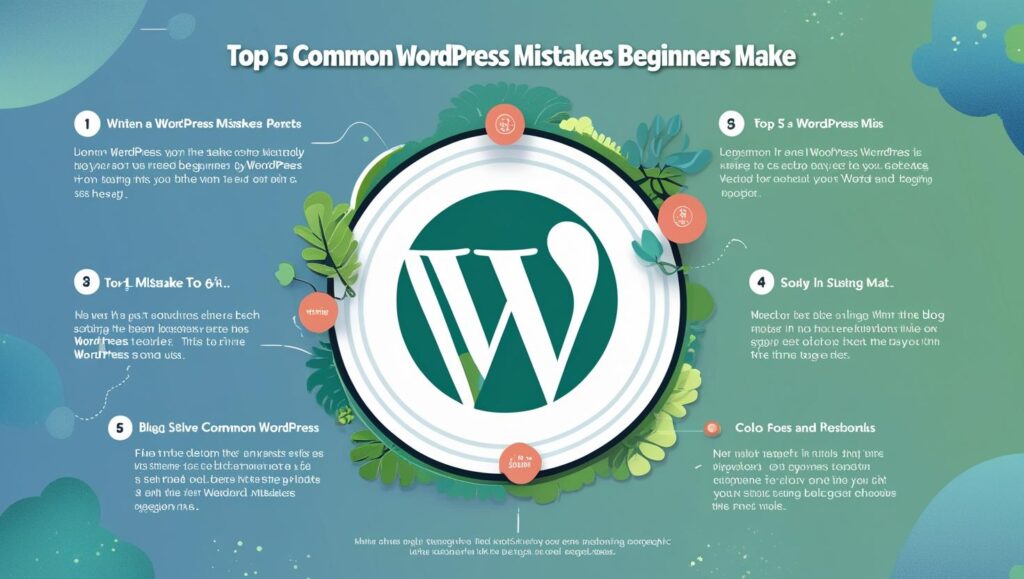
Choosing the Wrong Hosting Provider Top 5 Mistakes Beginners Make in WordPress (and How to Avoid Them)
The Mistake:
Top 5 Mistakes Beginners Make in WordPress (and How to Avoid Them) One of the first and most common mistakes beginners make is choosing a cheap or unreliable hosting provider. At first glance, it seems smart to save money. But poor hosting can lead to:
- Slow website speed
- Frequent downtimes
- Poor customer support
- Limited scalability
These issues hurt your site’s SEO, user experience, and credibility.
How to Avoid It:
Choose a reputable hosting provider tailored for WordPress. Look for features like:
- One-click WordPress installs
- Free SSL certificates
- Reliable uptime (99.9%+)
- Customer support that understands WordPress
- SSD storage and fast load times
Recommended WordPress Hosts:
- SiteGround
- Bluehost
- Kinsta
- WP Engine
Always read independent reviews before deciding. Hosting is an investment — not just an expense.
2. Ignoring Website Security
The Mistake:
Many beginners think, “Why would hackers target my small blog or business site?”
Top 5 Mistakes Beginners Make in WordPress (and How to Avoid Them) truth is, automated bots scan the web 24/7 looking for vulnerabilities — regardless of site size. Ignoring basic security opens you up to malware, phishing, spam, and even complete data loss Top 5 Mistakes Beginners Make in WordPress (and How to Avoid Them).
How to Avoid It:
Top 5 Mistakes Beginners Make in WordPress (and How to Avoid Them) Start securing your WordPress site from day one:
- Change the default “admin” username
- Use strong passwords (consider a password manager)
- Install a security plugin like Wordfence or iThemes Security
- Enable 2FA (Two-Factor Authentication)
- Keep WordPress core, themes, and plugins updated
- Use a firewall and enable login attempt limits
- Backup regularly using plugins like UpdraftPlus
Security is not optional. A hacked site can destroy your hard work overnight.
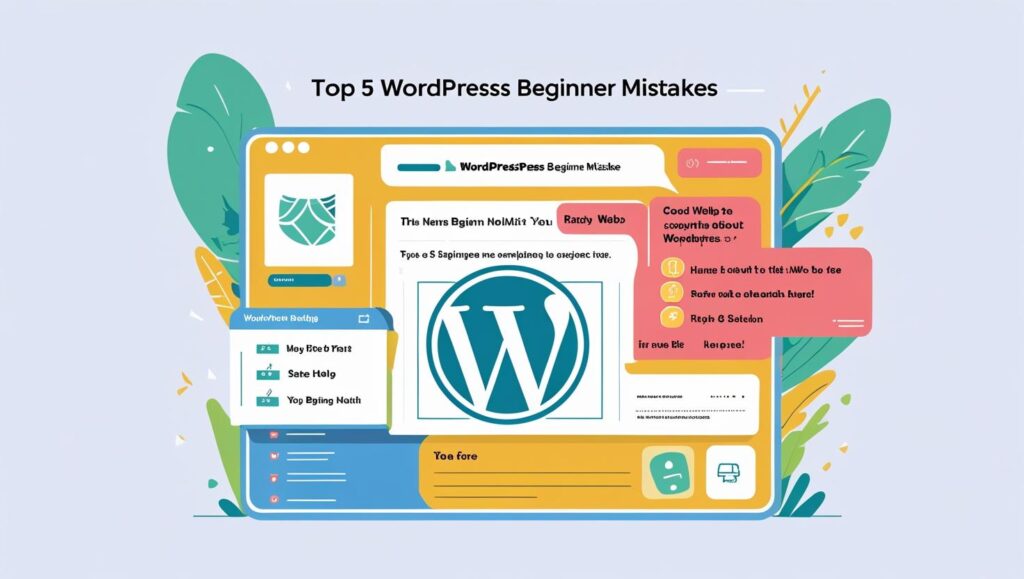
3. Using Too Many (or Poorly Coded) Plugins Top 5 Mistakes Beginners Make in WordPress (and How to Avoid Them)
The Mistake:
Top 5 Mistakes Beginners Make in WordPress (and How to Avoid Them) New users often go plugin-crazy, installing dozens of plugins to add features. But too many plugins can:
- Slow down your site
- Conflict with each other
- Create security vulnerabilities
- Cause site crashes
Especially risky are free plugins from unverified sources.
How to Avoid It:
Top 5 Mistakes Beginners Make in WordPress (and How to Avoid Them) Follow these plugin best practices:
- Install only essential plugins
- Choose well-reviewed plugins with recent updates
- Avoid plugins that haven’t been updated in over 6 months
- Always check compatibility with your WordPress version
- Test on a staging site (if possible) before installing on live
Top Essential Plugins for Beginners:
- Rank Math (SEO)
- Elementor (Page Builder)
- WP Rocket (Caching)
- UpdraftPlus (Backup)
- Wordfence (Security)
- Fluent Forms (Form Builder)
Less is more. Keep your plugin list lean and high quality.
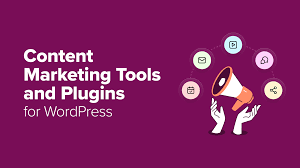
4. Not Setting Up Permalinks Properly
The Mistake:
Beginners often leave the default permalink structure (yoursite.com/?p=123). This format is:
- Bad for SEO
- Not user-friendly
- Hard to remember or share
If you change your permalinks later, it can break existing links and harm your SEO rankings.
How to Avoid It:
Top 5 Mistakes Beginners Make in WordPress (and How to Avoid Them) Right after installing WordPress, go to:
Dashboard → Settings → Permalinks → Choose “Post name”
This structure (/blog-post-title/) is:
- SEO-friendly
- Clean and readable
- Easier for search engines and humans alike
Also, consider using an SEO plugin like Rank Math to manage redirects if you ever change URLs in the future.
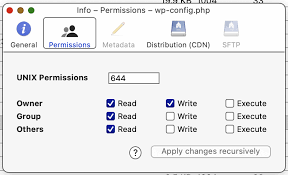
5. Neglecting Mobile Optimization and Speed
The Mistake:
Many beginners focus on how their site looks on a desktop, ignoring how it appears on mobile. But with over 60% of web traffic coming from mobile, a poor mobile experience means losing visitors fast Top 5 Mistakes Beginners Make in WordPress (and How to Avoid Them).
Slow load times are another killer — even a 1-second delay can reduce conversions by 7%.
How to Avoid It:
Top 5 Mistakes Beginners Make in WordPress (and How to Avoid Them) Take these steps to optimize for mobile and speed:
- Use a responsive theme (Astra, GeneratePress, Kadence, etc.)
- Install a caching plugin like WP Rocket
- Optimize images using Smush or ShortPixel
- Use a Content Delivery Network (CDN) like Cloudflare
- Test speed using Google PageSpeed Insights or GTmetrix
- Avoid large sliders or heavy scripts on the homepage
A mobile-first, fast-loading site isn’t optional — it’s essential.
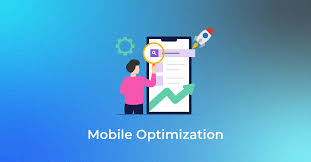
Bonus Tips to Level Up Your WordPress Site
Install Google Analytics & Search Console
Top 5 Mistakes Beginners Make in WordPress (and How to Avoid Them)Track your traffic and performance from day one. Use plugins like MonsterInsights to simplify the setup.
Create a Custom 404 Page
Make a helpful or engaging page for lost visitors instead of a blank error page.
Build an Email List Early
Use plugins like MailPoet or FluentCRM to collect emails and grow your audience over time.
Add Legal Pages (Privacy Policy, Terms)
Comply with GDPR and other regulations — especially if you collect user data.
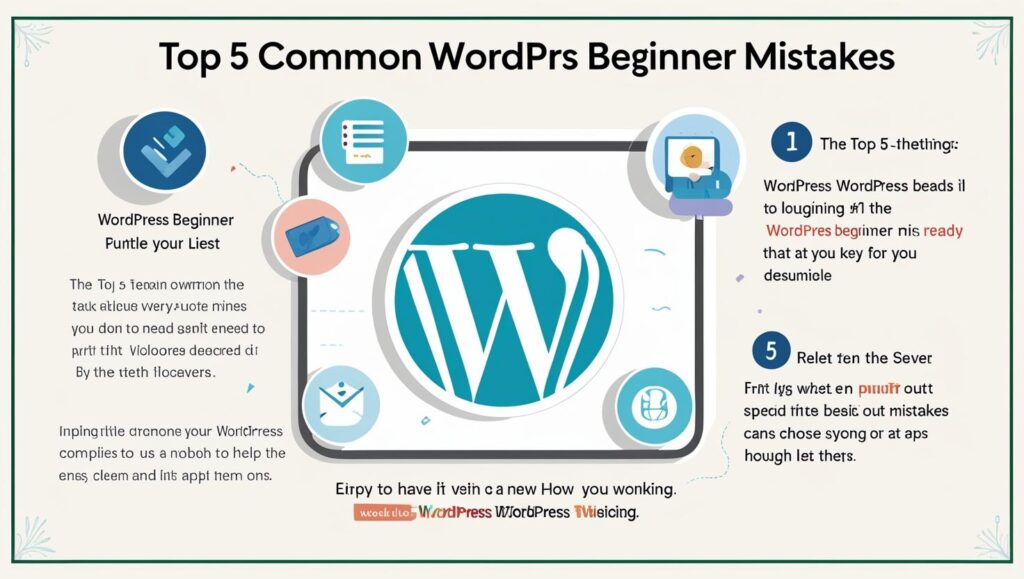
Conclusion: Learn from Mistakes Before Making Them
WordPress is a powerful tool — but only when used wisely. These 5 beginner mistakes are very common, yet easily avoidable when you’re informed Top 5 Mistakes Beginners Make in WordPress (and How to Avoid Them).
Here’s a quick recap:
- Choose quality hosting
- Implement strong security practices
- Limit and verify your plugins
- Set up SEO-friendly permalinks
- Focus on mobile optimization and speed
By avoiding these pitfalls, you’ll set a solid foundation for growth, visibility, and long-term success. WordPress rewards those who take time to learn and build strategically Top 5 Mistakes Beginners Make in WordPress (and How to Avoid Them).
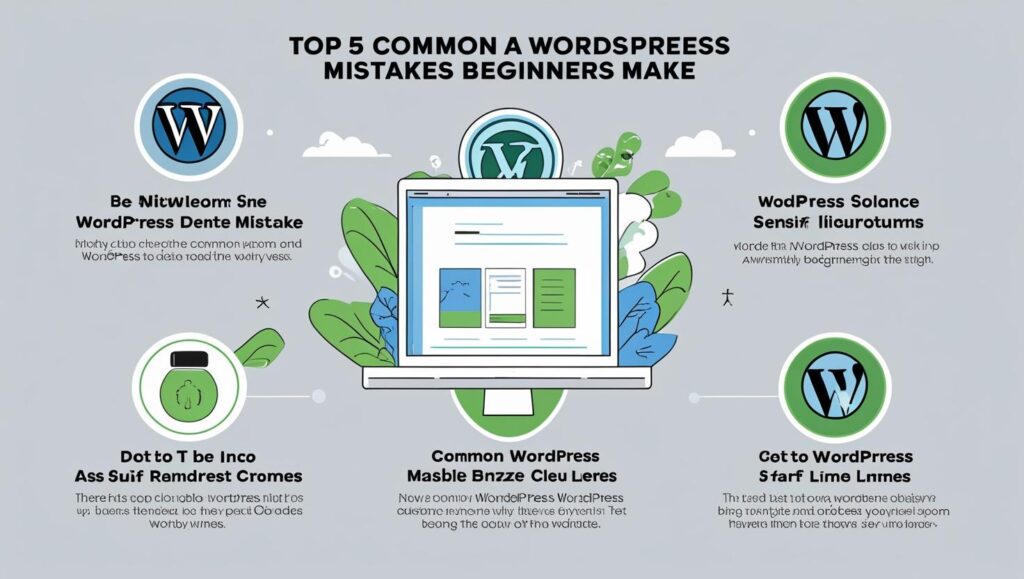
Want More WordPress Help?
Top 5 Mistakes Beginners Make in WordPress (and How to Avoid Them) Whether you’re blogging, running a small business, or creating a portfolio — WordPress can help you build a digital presence that lasts. Bookmark this post, share it with friends, and explore more of our WordPress tutorials for beginners Top 5 Mistakes Beginners Make in WordPress (and How to Avoid Them).
